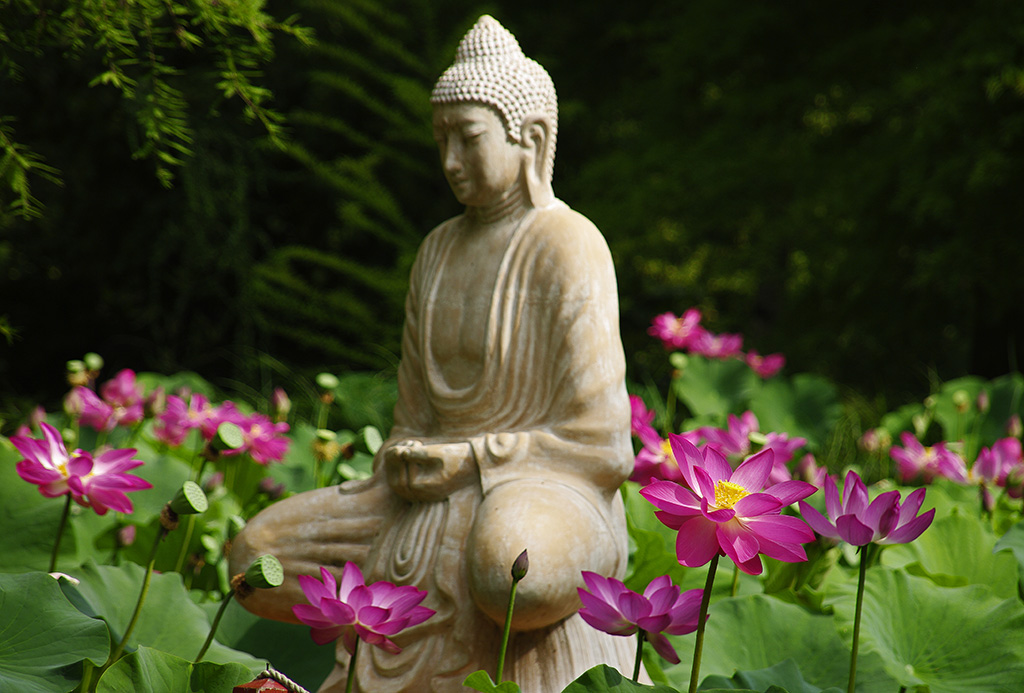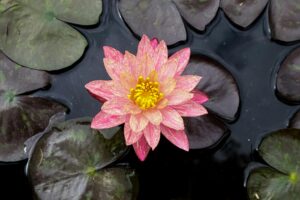
Minister Péter Szijjártó praised U.S.–Hungarian cooperation and hailed the return of the Jesuit-authored 'Nervus Opticus' as a historic gesture of goodwill.Continue reading

Central Europe’s largest flowering Indian lotus (Nelumbo nucifera) population, as well as programs showcasing the flavors, scents, and melodies of the Far East, dance, yoga, and martial arts demonstrations await visitors this weekend at the Lotus Days in the botanical garden of the University of Szeged (SZTE).
Indian lotuses are the pride of the Szeged Botanical Garden, with one of the largest populations in Central Europe found in one of the arboretum’s ponds. The population is almost as old as the garden itself, with the first plants arriving in Szeged (southern Hungary) in 1932, a few years after the garden was founded, from the lake of the Návay Castle in Óföldeák-Gencsháti.
The lotus pond is part of the Japanese garden, and the plant that gives the event its name, the Indian lotus, can be seen in all its glory at this time of year. A mass of dark pink lotus flowers rising high above the water’s surface welcomes visitors, and the seed pods, which resemble shower heads, are already visible. There will be a tea house on the island in the lake, and on Saturday and Sunday, seven lotus tours will depart from the Buddha statue. During the latter, botanical garden staff will introduce the flower and other Far Eastern plants to those interested.

Photo: Pexels
According to legend, the plant that gave life to Buddha originated in the southern and southeastern regions of Asia’s temperate zone. Later, with the spread of Buddhism, it reached the subtropical and hot regions, all the way to northeastern Australia. Today, it is widely cultivated on huge water plantations and used as food, and ornamental and medicinal plants.
The flowers decorate temples, the stems found in the mud under the water are pulled out, cooked, fried and eaten, dried and ground into flour, the young shoots and leaves are used to make salads or compotes, the fruit is roasted and candied, and the larger leaves are used for packaging.
Visitors to the botanical garden can learn about many aspects of Far Eastern culture over the weekend, with music and dance performances, craft workshops, and exhibitions awaiting guests. A bonsai exhibition and demonstration will be held on the banks of the lotus pond, where visitors will be able to see plants created from native Hungarian species alongside original Japanese trees. In the rose garden, the Hungarian Origami Circle will present the art of Japanese paper folding, and visitors will also be able to learn some basic techniques.
Dozens of instructors from yoga studios in Szeged will hold classes under the shady trees of the botanical garden, and representatives of various martial arts will also be on hand. Thanks to the outdoor restaurants, not only music and dance, but also the flavors of the Far East will be represented at the event.
Via MTI; Featured photo: Facebook/Szeged Botanical Garden